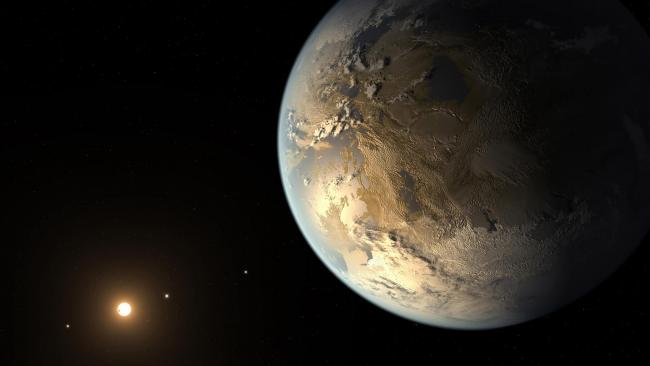Considering the growing multitude of planets and moons that have been discovered in the last few years, scientists are rapidly exploring the limits of variables necessary for life to develop on other worlds. Christopher P. McKay from the National Aeronautics and Space Administration Ames Research Center has made an exhaustive study of the requirements for life to exist on other planets.
McKay based his requirements for life on other worlds on the extremes of life on Earth. The assumption is that life on other worlds would have evolved similarly to life on Earth. The extreme conditions that some organisms exist in and thrive in on Earth may set the limits for life on other planets and serve as guidelines to best use available resources in the search for extraterrestrial life.
No one is seriously expecting to find “little green men” on any newly found planet. The most probable first discovery of life on other planets would be a bacteria or a microbe. Many experts have proposed that life will be found on another planet within the next twenty years. The majority of people living today will be the first to deal with the religious, social, and political ramifications of finding life on another planet.
The most probable limits for life on another planet are the limitations of temperature, atmospheric pressure, availability of water, availability of oxygen, availability of nitrogen for photosynthesis, and the type of radiation. Temperature limits are between five degrees Fahrenheit and 252 degrees Fahrenheit. Atmospheric pressure ranges from near zero to a maximum of 1,100 atmospheres.
Even a minimal amount of water could support life. One-tenth of an atmosphere of oxygen is needed to maintain life. A minimum of one to five thousandths of an atmosphere of nitrogen is needed for photosynthesis. Light that is one-hundred-thousandth of the Sun’s light can support life. Many life forms on Earth can live without any ultraviolet protection.















